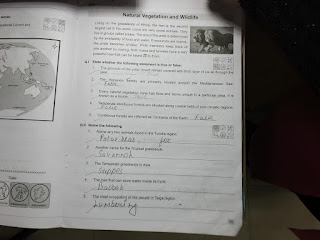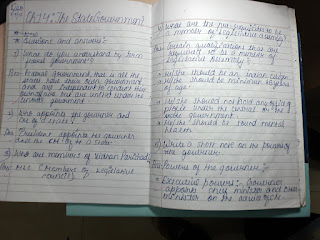Tribes and Tribal Societies (Extra Questions)
Tribes and Tribal Societies (Extra Questions) 1. Give brief information about tribal community. Large tribes thrived in different parts of the country. Kinship bonds were very important as members of each tribe were united by this bond. These tribes were divided into many clans which traced their descent from a common ancestor. They usually lived in relative isolation, in places far away from cities where it was difficult for others to reach. The tribes have their own distinct culture. The tribal societies preserved their rich customs and oral traditions, and passed them to the next generation. 2. Highlight the lifestyle of nomadic pastoralists. Nomadic pastoralists moved from one place to another with their herds of goats and sheep, camels and cattle, lived on milk and other pastoral products produced by their animals. They exchanged wool, ghee, etc. with settled agriculturists for commodities such as cloth, grain, utensils and other products. They bought and sold these





